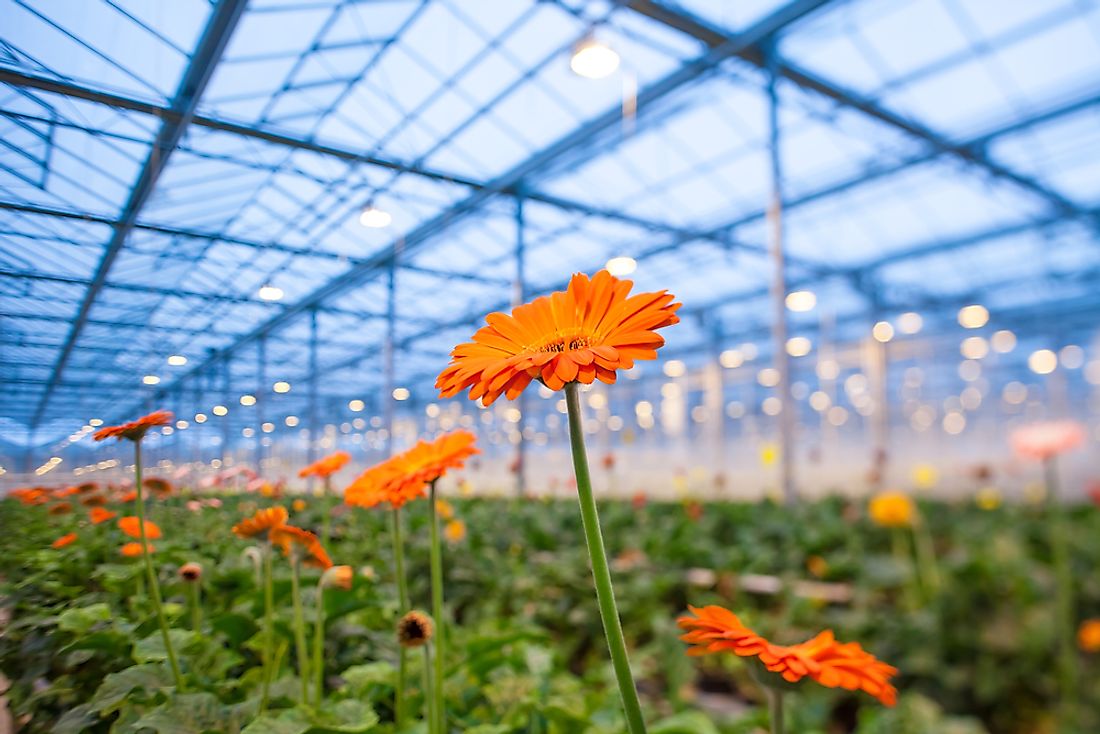What Is Speed Breeding?

Normal breeding programs for plants such as wheat takes an awful lot of time. The need for a fast and more accessible method is what led to the rise of a new technique known as speed breeding. This technique, developed and nigh perfected by The University of Queensland, University of Sydney, and the John Innes Center, involves the use of an artificial environment or a glasshouse with lighting round the clock in order to improve the development of crops. The research carried by the team managed an extraordinary feat of producing mature wheat six times in one year. In other words, through speed breeding, wheat matures after just eight weeks which translates to three times as fast as the current methods.
Background to Speed Breeding
The whole program was inspired by NASA when they tried to improve the world’s food situation by growing food in space. While NASA’s experiments in space may not be going exactly as they hoped for, their attempts gave the people who developed speed breading a bright idea. The researchers theorized that since plants form food by using light, then providing light to the plants for longer periods could accelerate food production. For the past eight years, the team has been working tirelessly to perfect this method.
Techniques Involved in Speed Breading
This revolutionary technique is fully dependent on artificial growth environments that are kept under certain conditions throughout the growth cycle. However, modifications can be made so that a standard glasshouse can be used. The light is from normal light-emitting diodes (LED) that are slightly tweaked in order to help in the process of photosynthesis for around 22 hours of the 24 in a day. The currently used lights for aiding in photosynthesis are sodium vapor lamps. Aside from being ineffective and overly expensive, the sodium vapor lamps generate too much heat as well as producing light that is of poor quality.
Purpose and Benefits of Speed Breeding
Estimates place the population of the world at around nine billion people by 2050. This high population will require food in order to survive. As such, the need for revolutionary techniques of food production has never been higher. For this reason, the speed breeding technique will be crucial in meeting the world’s food needs. The need is further increased with the widespread climate changes. By 2050, the climate change in the world will be almost tangible because of the higher population and the consequent strain put on the earth. The hope is that this technique will come up with resilient crops that will grow almost anywhere in the world even under the worst conditions. In addition, this technique makes it possible for the scientists to remove undesired traits in plants early. Consequently, the plant produced is more robust and healthier. The main challenge facing this technique is that the researchers will have to come up with an improved variety crop that will grow as well in the real world otherwise it would be a waste of time. Also, while it is cheaper, it may still be unavailable to most people.











